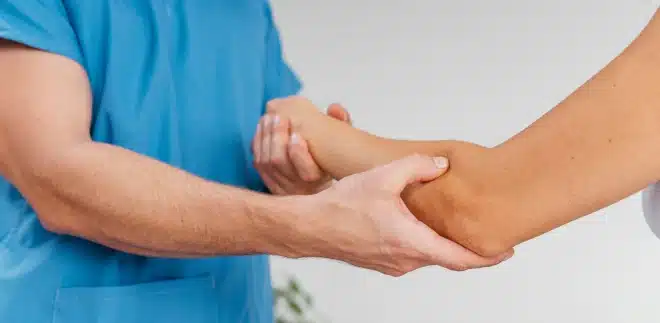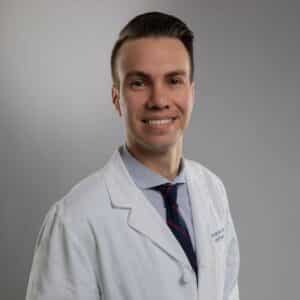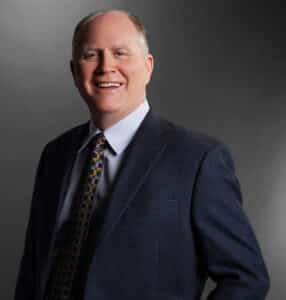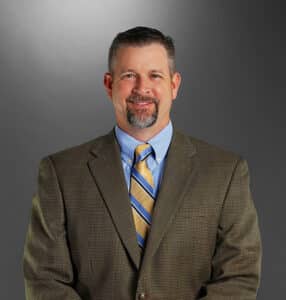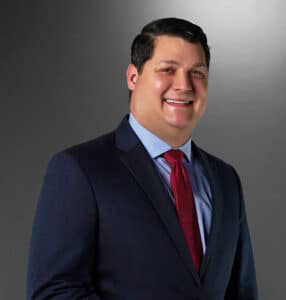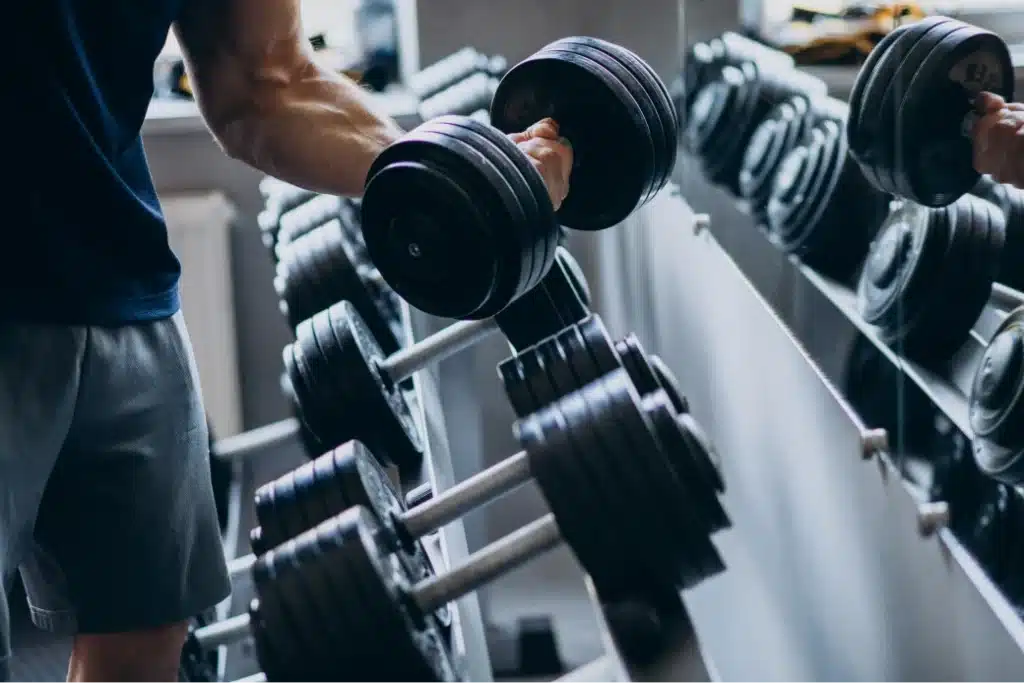
The Elbow's Anatomy
The elbow is a complex joint formed by three bones: the humerus (upper arm bone), and the radius and ulna (forearm bones). These bones are connected by muscles, ligaments, and tendons, which collectively facilitate elbow movements. Two specific bony bumps, called epicondyles, located at the humerus’s bottom, connect the forearm’s muscles and tendons to the elbow. The lateral epicondyle is on the outside of the elbow, while the medial epicondyle is on the inside.
The elbow allows for four primary functions: flexion, extension, supination, and pronation. Stress during these actions can lead to the development of conditions like Tennis Elbow and Golfer’s Elbow, especially during strength training exercises.
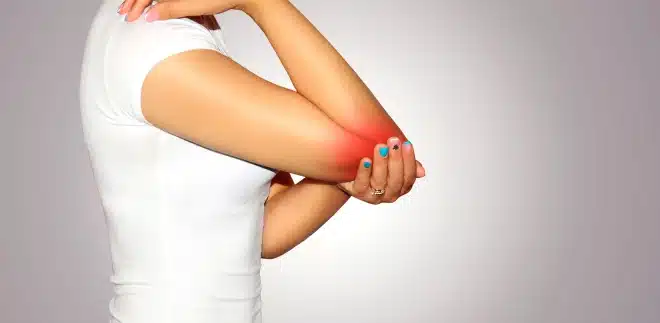
Understanding the Causes of Elbow Pain when Lifting
1. Tight Grip on the Bar or Dumbbell
2. Improper Wrist Position
3. Overloading with Too Much Weight
4. Lack of Variation in Bicep Curl Workout
Tennis Elbow: A Closer Look
Golfer's Elbow: An Overview
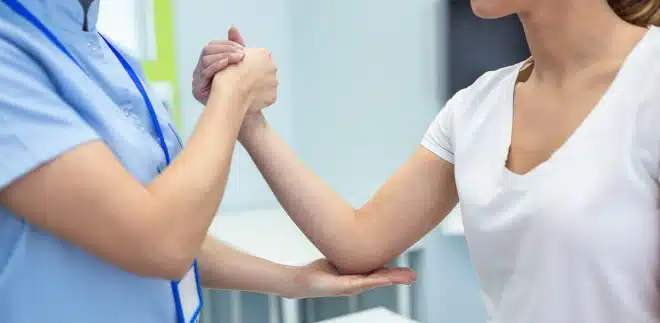
Treatment Options for Tennis Elbow and Golfer's Elbow
Both tennis elbow and golfer’s elbow typically require non-surgical treatments and physical therapy. Rest, ice, anti-inflammatory medications, and changes to repetitive stress movements are usually enough to treat these conditions.
However, if your elbow pain does not subside in 6 to 12 months with rest and therapy, it’s advisable to consult your orthopedic elbow specialist for steroidal or surgical options. While elbow surgery for these conditions is not common, severe injuries may require arthroscopic elbow surgery.
What Is the Difference Between Tennis Elbow and Golfer’s Elbow?
It’s quite common for patients to confuse tennis elbow and golfer’s elbow due to their similar characteristics. However, they are distinct conditions, and understanding the correct cause for your elbow pain is crucial for receiving appropriate treatment.
Both conditions are overuse injuries, resulting from repetitive motions involving your arm and wrist, and both involve damage to the tendons that attach your forearm muscles to the bone at your elbow. They both cause inflammation of the tendons, leading to partial or full-thickness tears. Elbow pain is a common symptom for both, but they occur in different areas of the elbow.
Tennis elbow affects the lateral (outside) epicondyle tendon, which is connected to the muscles that stretch your wrist backward and allow you to spread your fingers. Golfer’s elbow, on the other hand, affects the medial (inside) epicondyle tendon, attached to the muscles you use to flex your wrist and contract your fingers, like when you grip something.
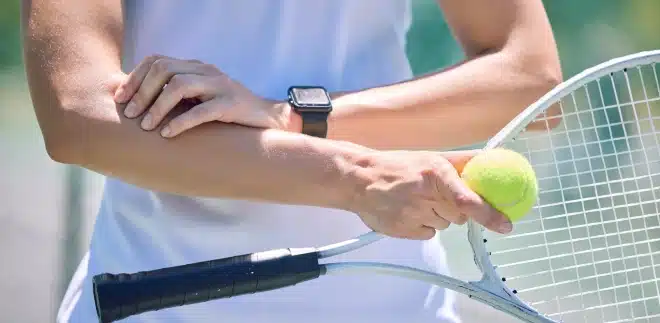
Tennis Elbow: Signs, Causes, and Treatment
Tennis elbow usually develops gradually, starting off as mild discomfort and worsening as time passes. Many people suffering from tennis elbow experience recurring pain radiating from the elbow all the way down the forearm, with pain that increases when they attempt to extend or straighten the elbow. Other common signs of tennis elbow include difficulty grasping or lifting objects, weak grip strength, and sharp twinges when engaged in activities using the elbow.
Tennis elbow is most common in people ages 30 to 50, although the condition can be seen in people of all ages. Typically, overuse is defined as a high activity level three or more times per week with activity lasting 30 minutes or more per session. A poor overall fitness level can exacerbate the problems caused by overuse of the forearm and elbow area.
The majority of tennis elbow cases will improve after six months to one year of nonsurgical treatment. However, some patients may require surgery to remove the pain-producing tendon. After surgery, the arm is temporarily immobilized using a splint. The patient begins gradual strengthening exercises three to four weeks after the procedure, with the goal of being able to return to light athletic activity within four to six weeks and competitive athletic activity within four to six months.
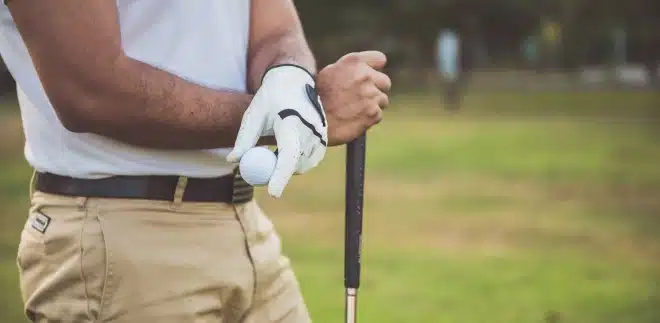
Golfer’s Elbow: Signs, Causes, and Treatment
Golfer’s elbow is a completely different disorder than tennis elbow. Medial epicondylitis, more commonly referred to as golfer’s elbow, is discomfort or irritation occurring on the inner side of the arm and elbow that is caused by activities that require repeated flexing or twisting of the wrist. When you do activities that require repeated lifting, especially if your elbow is extended and your palm is facing down, this can also cause the condition.
People who are suffering from golfer’s elbow often experience pain when making a fist or twisting the forearm. In many cases, the affected area is tender to the touch or slightly swollen. If you are suffering from golfer’s elbow, pain often seems to worsen when you attempt to flex your wrist, pick up something with your palm down or squeeze a ball.
If the condition is not treated promptly, golfer’s elbow can cause weakness in the hands or wrist as well as stiffness in the elbow. The treatments for golfer’s elbow and tennis elbow are similar in most cases.
How to Avoid Elbow Injuries
Although tennis elbow treatment is very effective at relieving pain and improving range of motion, it’s possible for the condition to reoccur if the patient slips back into old habits. Modifying your daily routine is a key component of staying injury-free.
If your tennis elbow is caused by work-related duties, it’s recommended that you speak to your supervisor or a company human resources representative about making accommodations to avoid a relapse or chronic injury. For example, if typing is the primary cause of your injury, you may need to type on a split keyboard to help your hands stay in a more natural line and use a wrist pad to keep your hands level with the keyboard at all times.
If your pain is related to tennis, weight lifting, or another sport, individualized coaching can help you refine your technique to prevent injury. In addition, a coach can check that your equipment properly fits your needs.
